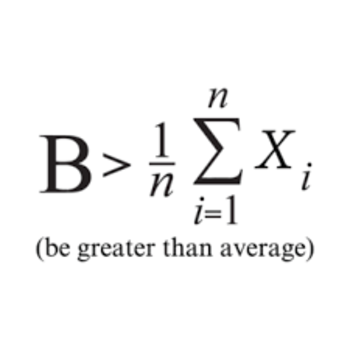How was the presumed age of the Universe determined?
1 Answer
Using Hubble's law.
Explanation:
Hubble's law states that the further away a galaxy is, the faster it is moving:
Because of this law, if it is extrapolated backward, it is implied that everything in the universe was once concentrated at one point- supporting the idea of the big bang and also makes it possible to estimate how long ago it was when everything was in one place- i.e the birth of the universe.
However, this is not using SI units, but rather the units for velocity is
This equation, being linear must have a constant- Hubble's constant:
Making the equation:
The value of the constant varies throughout the universe but on a VERY rough estimate we can say that the value of the constant is :
This constant allows us to estimate the age of the universe using the equation:
However, the Hubble constant must be transferred into SI units for this to work...
So let's find the value of the constant:
1 parsec= 3.26 ly=
1 Mega-parsec(1 million parsecs)=
Inverse it to find Hubble time:
Which is almost 14 billion years, but scientists often say that the value is 13.8 with an uncertainty of
And that is basically how the age of the universe can be estimated.

